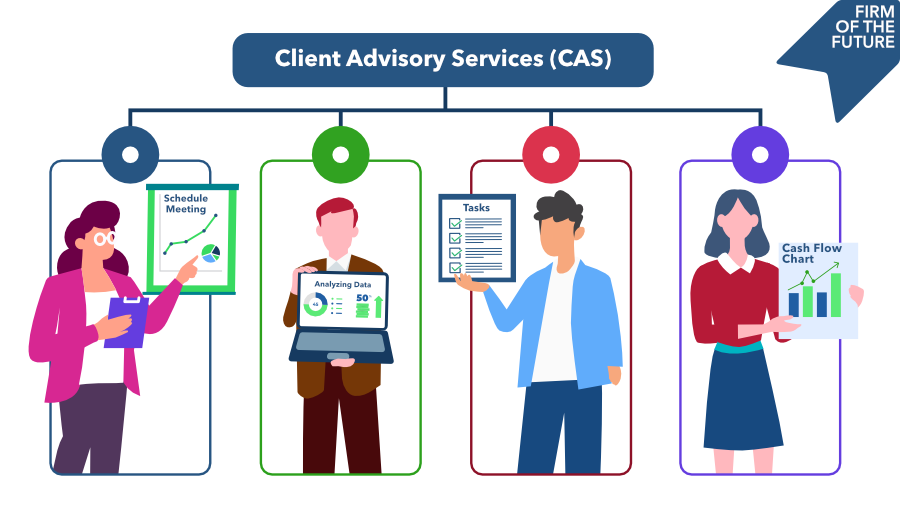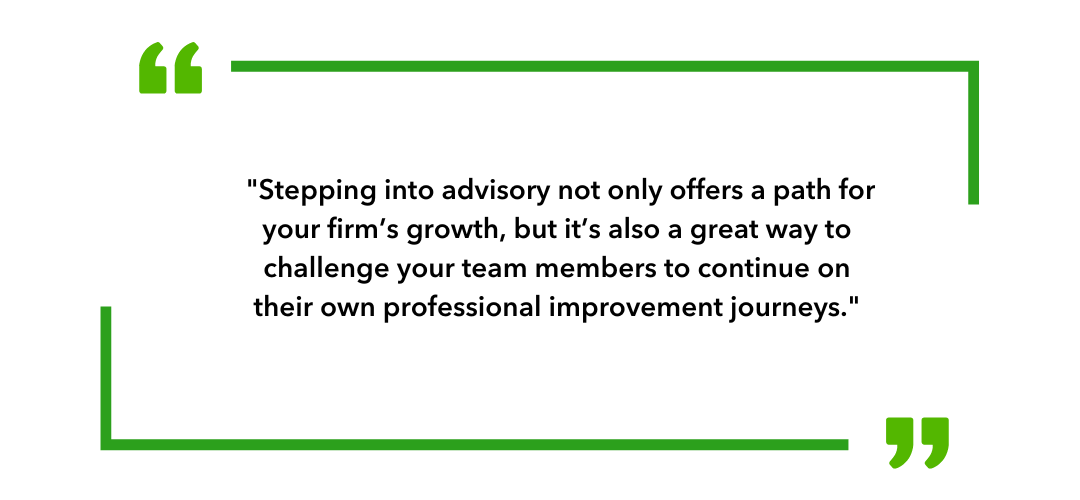Evaluating your team
As you read these descriptions, think about which of your current team members fit well into each role. You may already have the right players in the right roles.
If you are looking to add team members, move existing employees into different roles, or even if you’re unsure, there are several tools to assist in evaluating your team’s strengths and weaknesses. Communication styles are front and center in a tool called DiSC, for example, which helps individuals and teams understand their personalities and behavior.
Another option is a new assessment tool called The Six Types of Working Genius, developed by Patrick Lencioni and his team at The Table Group. This tool helps individuals discover their gifts and talents.
When viewed together, you’ll be able to identify strengths and weaknesses in your existing team and find characteristics to look for in new team members.
There are many assessment tools available. However you choose to approach this, just make sure you don’t skip it, even if you’ve known everyone on your team for years. You’ll miss something important about their skills and communication styles if you don’t take the time to assess and share.
Whatever titles and positions you decide to create, investing in your team’s technical and soft skills is critically important to supply your clients with advisory services that make a measurable difference to their bottom line.
New skills are a constant necessity as technology and workforce changes occur. Education and training programs are finding a prominent place in today’s successful accounting firms.
Even beyond technical training, mentorships and other initiatives that invest in the people who deliver advisory services are becoming the norm across the industry. Stepping into advisory not only offers a path for your firm’s growth, but it’s also a great way to challenge your team members to continue on their own professional improvement journeys.
Culture, hiring, and the talent shortage
The profession is changing; a talent shortage in accounting is no secret. So what can you do to make sure you’re in the right position to attract and retain the talent you need to build your CAS practice?
First, think about your firm’s culture as a whole. What makes your firm the sort of place talented people want to join—and stay? You might also think about your firm’s foundational structure. Does it make sense to consider a C-suite model rather than a partnership model? For professionals at larger firms, influence what you can. Take a look at your CAS practice culture and make sure your practice within a firm is a place candidates would want to work.
Then start thinking about who might fill the four critical roles for an advisory practice. Can you fill them internally first? Do you need to reskill some of your team members? If you really do need to hire, this is the perfect time to start thinking about hiring younger talent with interns and new grads. The market is competitive, so thinking about how to attract and retain younger talent will give you an advantage.
Can automation buy you some time before you need to increase your headcount? As advisory is about delivering personalized, relationship-based services, technology won’t solve every problem, but it can help free you up to focus on the most important pieces.
What about non-traditional hires? Does every person on your team need the same credentialing and qualifications? Maybe not.
There are many ways to address your changing staffing needs as you build your advisory practice. Make sure to step back so you can be strategic about how to meet your firm’s people-related needs.





